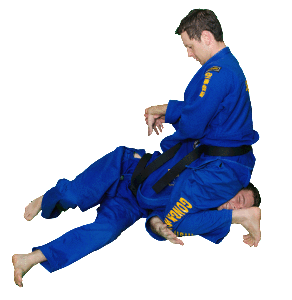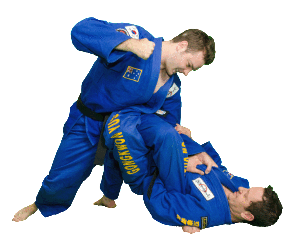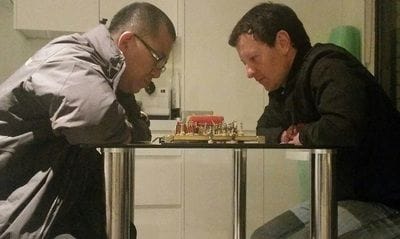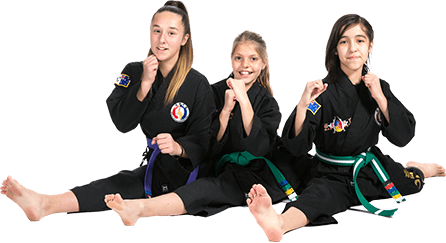There are the following Samwonbon:
(1) Shim Moo Bon - 10 Bon (the quest for Mudo, the martial arts)
(2) Gyun Beop Bon - 9 Bon (finding Beop, the principles)
(3) Ip Ki Bon - 6 Bon (finding Ki, the techniques)
(4) Jwa Sul Bon - 5 Bon (becoming comfortable with Sul, the methods)
(5) Waryak Bon - 5 Bon (determining the strategy)
(6) Seong Do Bon - 5 Bon (Realising Do, the way of martial arts)
(7) Jonyong Bon - 5 Bon (finding respect for the applications)
(8) Bansu Bon - 7 Bon (returning to Su, the methods)
(9) Bang Beop Bon 1 Bon - 7 Bon (letting go of Beop, the principles)
(10) Mang Do Bon - 10 Bon (forgetting Do, the way, as the highest level of martial arts)
If non-experts were to see this Samwonbon, they would immediately get the impression that this is the core of Gongkwon Yusul. This is a collection of the essentials of Gongkwon Yusul techniques, consisting of 77 Bon, i.e. 77 different ways of throwing and controlling an opponent. Samwonbon is a simulated fighting situation involving two or three people. The entire collection of Samwonbon combines techniques ranging from (1) punching/kicking through (2) ways to cover the distance between oneself and the opponent and (3) throws to (4) grappling techniques; they form an integrated curriculum whose practise enables a student to force an opponent into submission by a rapid combination of 5 to 12 techniques.
On a theoretical level, Samwonbon in Gongkwon Yusul stems from the three great original sources: Beop (principles), Sul (methods), Ki (Techniques). I.e., Samwon means the three original sources. You do not just learn Samwonbon by heart, but you acquire these three original sources through creative training, paying attention to the physical ability, character and skill of yourself. These aspects, like creativity, liberty and contextualisation of techniques, form the characteristic traits of Gongkwon Yusul.
As has been described earlier, Gongkwon Yusul incorporates the four main principles from which stems the diversity of all other techniques: Sugi Bon (the Bon of techniques involving the hands), Daeryeon Bon (the Bon of fighting practice), Sugi Joksul Bon (the Bon of punching and kicking techniques), Daeryeon (free sparring) and Wasulgi (grappling techniques).
If you, dear reader, are willing to consider this martial art with some genuine interest, you will find that Gongkwon Yusul - in contrast to other martial arts - provides a full-fledged system with a clear strategy to incorporate the best of all systems in one and this is why it has had such a great influence on the martial art systems at GIANT.









